Best Web Design Software In 2020
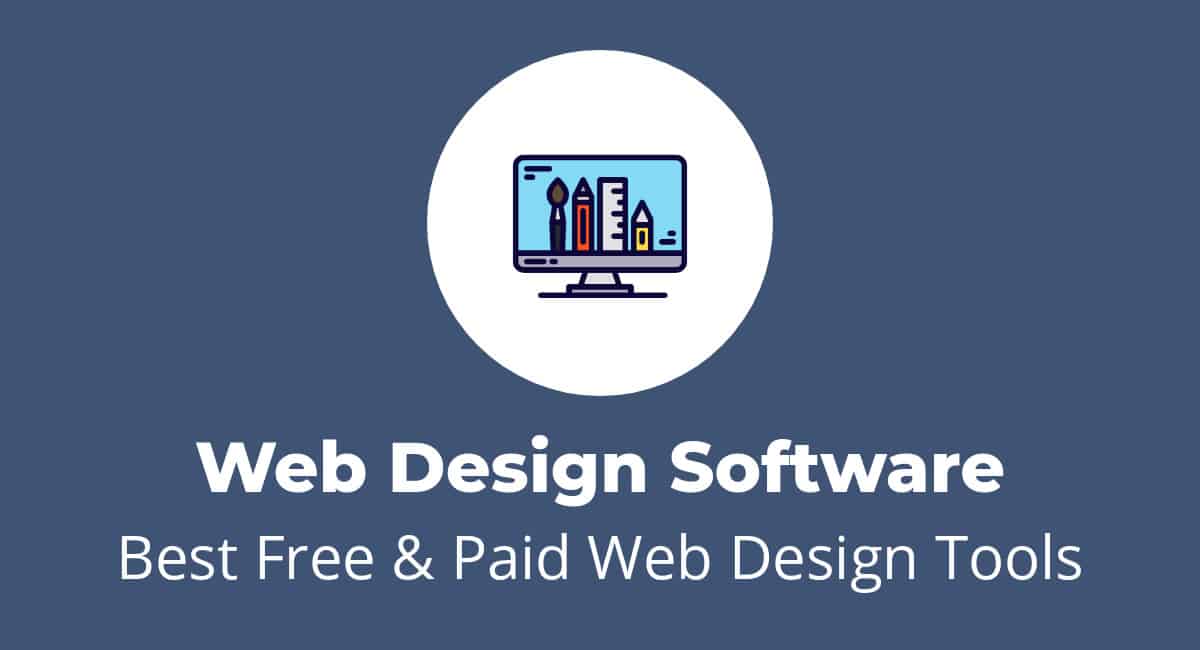
1. WordPress (Free and Paid)
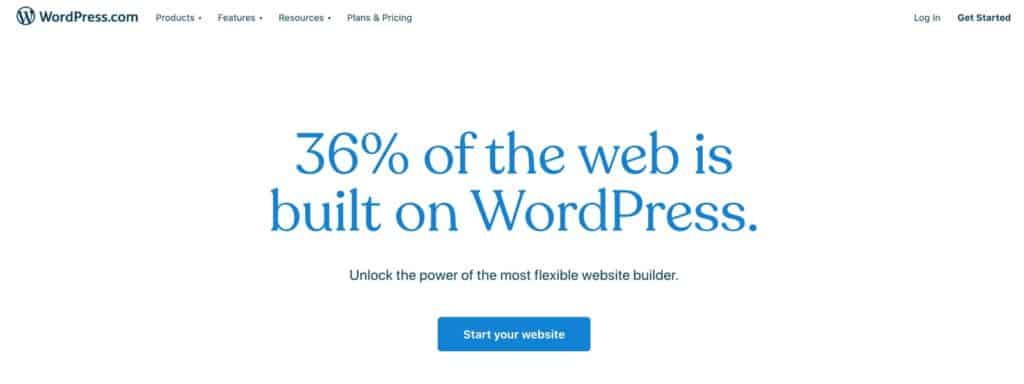
Here at WebsiteSetup.org, we recommend people to use WordPress to create their websites.
Why?
Through our experience creating hundreds of sites, we’ve found that WordPress offers the best combination of flexibility, power, and ease-of-use necessary to build and launch content-based websites.
And it seems like the internet agrees with us! Over 35% of all websites run on WordPress. WordPress powers popular blogs, e-commerce stores, communities, and more.
If you’re just looking to host a small personal site, WordPress.com may be a great choice. However, if you’re starting a more complex project a self-hosted WordPress site is probably a better option.
If you are already using WordPress, but looking for help creating a WordPress theme or customizing WordPress pages, we recommend checking out the Genesis Theme Framework and the Elementor Page Builder.
2. Bootstrap (Free)
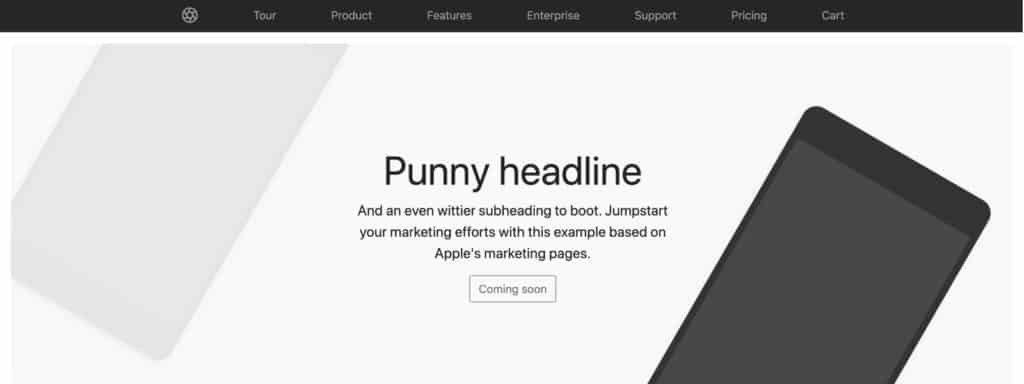
Originally created by the engineering team at Twitter, Bootstrap is now the world’s most popular framework for building responsive, mobile-first websites.
Put simply, Bootstrap is a free library of HTML, CSS, and JavaScript that simplifies the process of coding a website from scratch. Bootstrap offers dozens of features like a grid system, responsive breakpoints, and a large library of components that make coding a website quick and easy.
The component library includes headers, navigation, buttons, forms, alerts, and more. The Bootstrap team has comprehensively documented each feature, complete with examples and suggestions for customization.
To get started with Bootstrap, simply download the latest version of the Bootstrap framework, copy one of the example templates, and start coding.
3. Wix (Free and Paid)
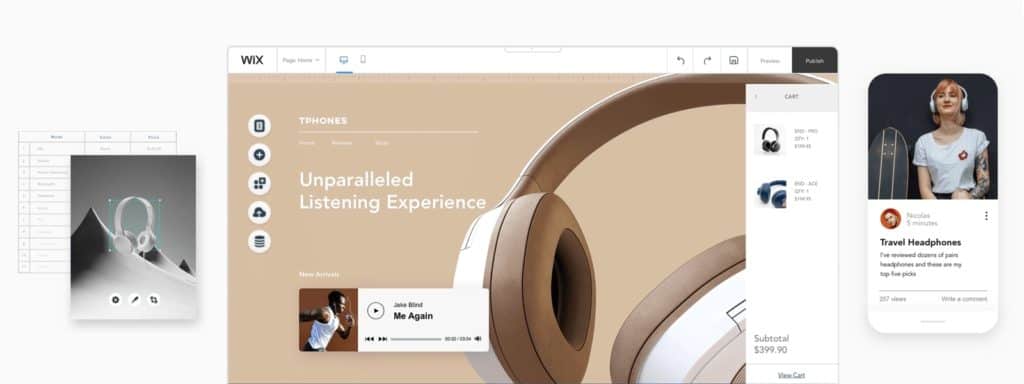
Wix is an easy-to-use, affordable alternative to WordPress.
Much like WordPress, Wix can be used to create a variety of different sites, including blogs and stores. Through its drag-and-drop editor, Wix makes it simple to set up and launch your site in just a few minutes.
Wix is a fully-managed subscription service, meaning that the company handles all the details around hosting the site, backing it up, and handling security.
Wix offers a free, ad-sponsored plan that includes hundreds of templates and options to choose from. Paid plans start at $13 per month and include ad removal, increased bandwidth, and additional space for videos.
4. Dreamweaver (Free Trial)
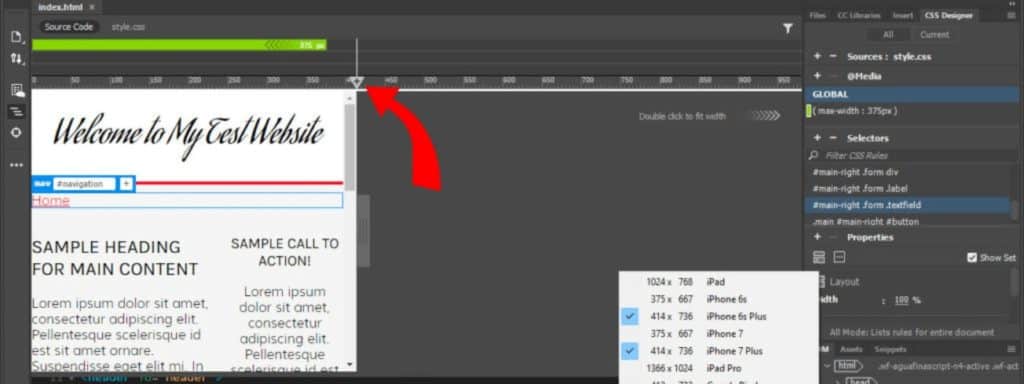
Dreamweaver is Adobe’s application for coding, editing, and maintaining websites. It lets you edit websites both by coding them manually and through an intuitive visual interface.
Dreamweaver includes many of the features of a traditional, text-based Integrated Development Environment (IDE) like syntax-highlighting, automatic code-completion, and the ability to collapse and expand sections of code. You can even use Dreamweaver with Bootstrap!
Unlike a traditional IDE, however, Dreamweaver’s visual interface is what makes it really stand out. Any changes you make in your website’s code automatically display in real-time in Dreamweaver’s interface, and you can also point and click to edit your website’s code visually.
Visit adobe.com/products/dreamweaver
5. Figma (Free and Paid)
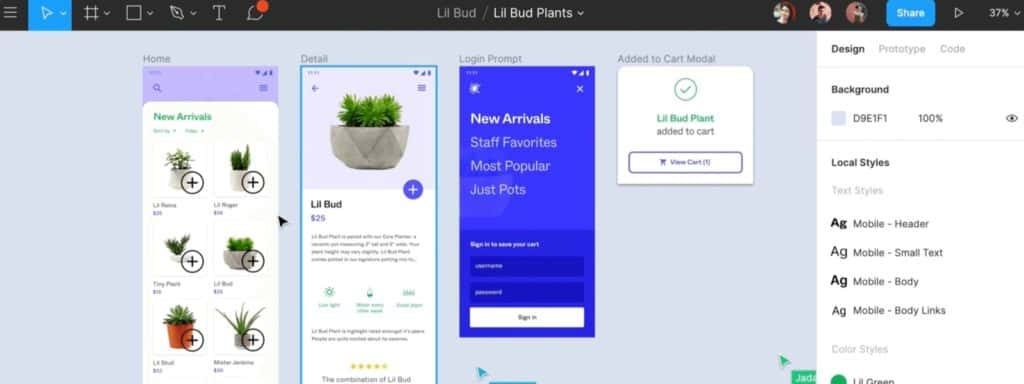
Despite being one of the newest tools on this list, Figma is also one of the most powerful. If you’re looking for a feature-loaded tool for interface design and prototyping, Figma may be the perfect fit.
Much like Sketch, the next app on this list, Figma features an intuitive, vector-based interface that makes designing websites simple. Anything you can do with Sketch or Adobe XD, you can also do with Figma.
What makes Figma really shine, however, is its collaborative, cloud-based approach. With Figma, multiple team members can edit a design file simultaneously. Business stakeholders can also leave comments, and developers can copy code snippets to simplify the process of turning your design into a real site.
Figma offers a free plan that includes up to 3 projects. Paid plans start at $12 per month and include advanced options like custom user permissions.
Comments
Post a Comment